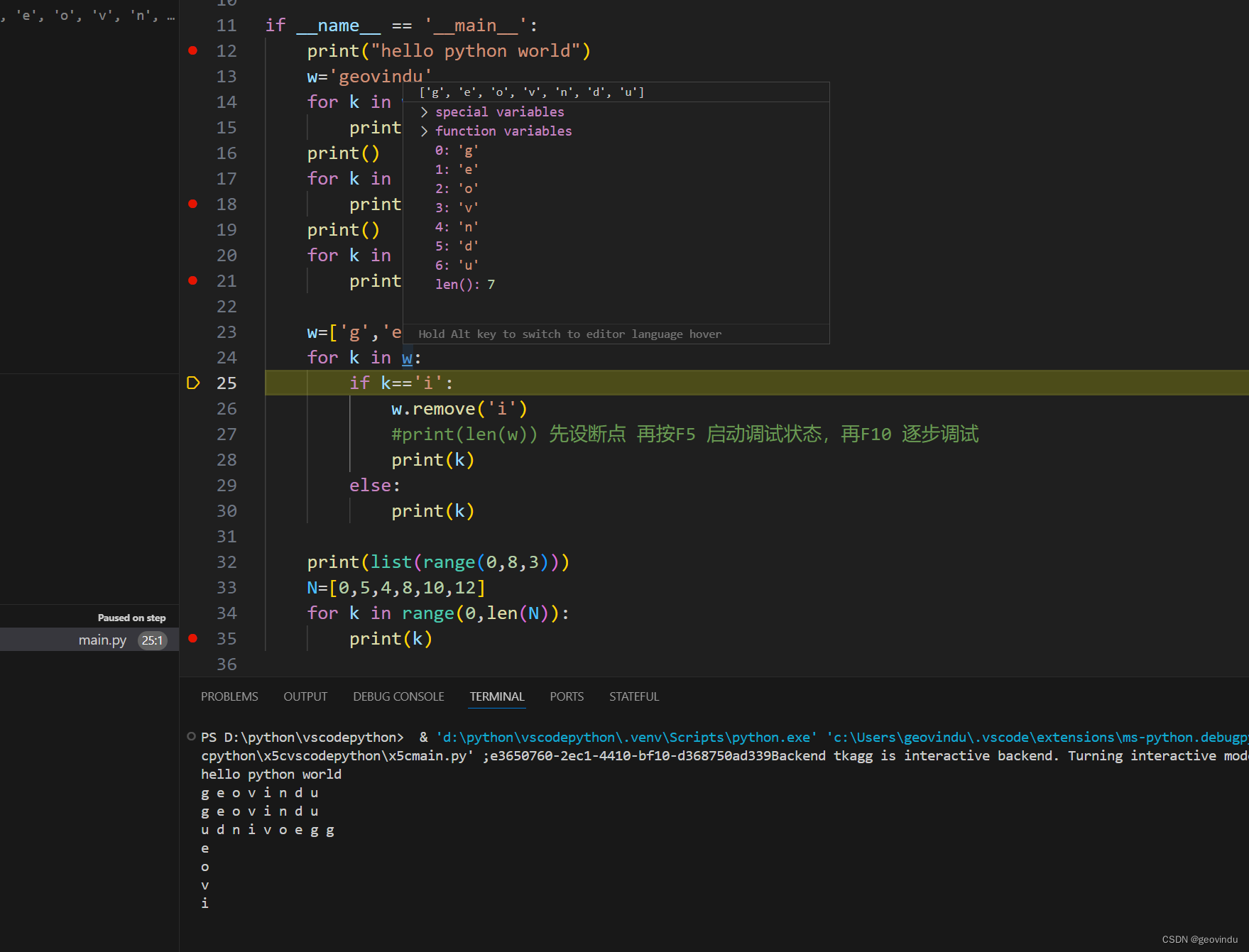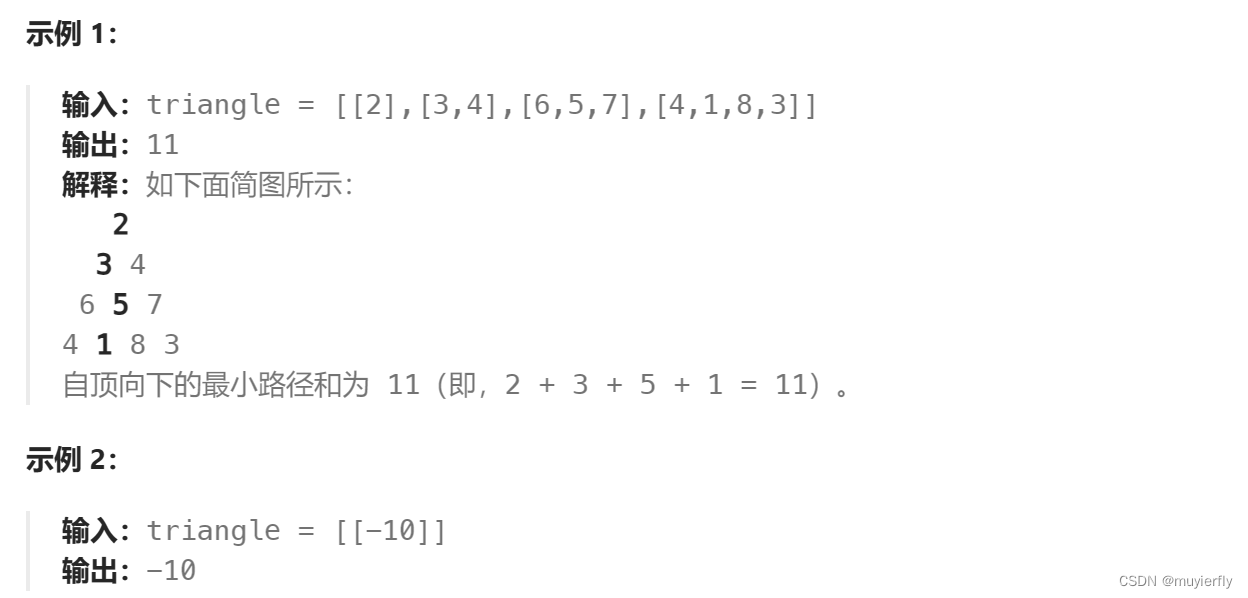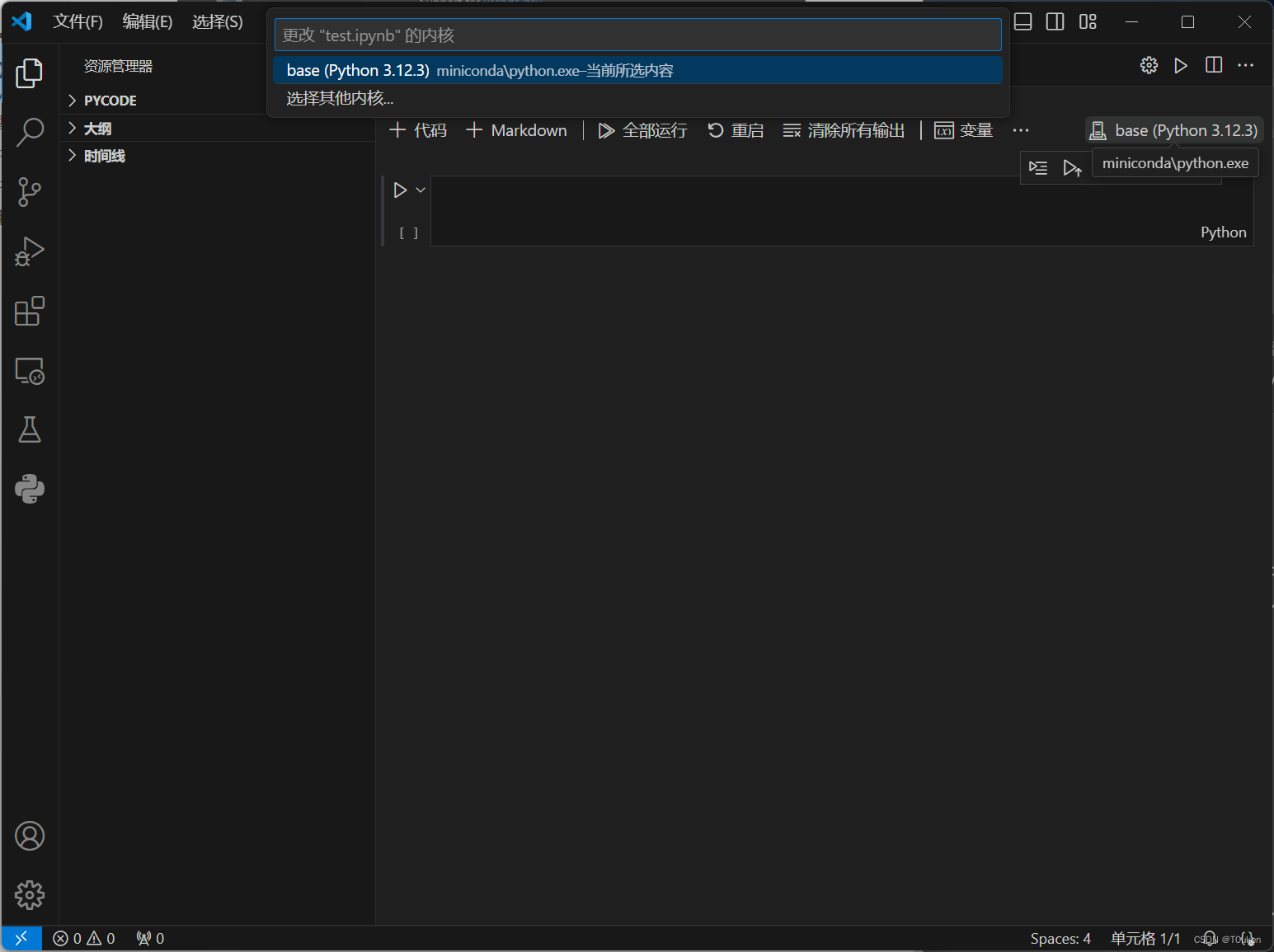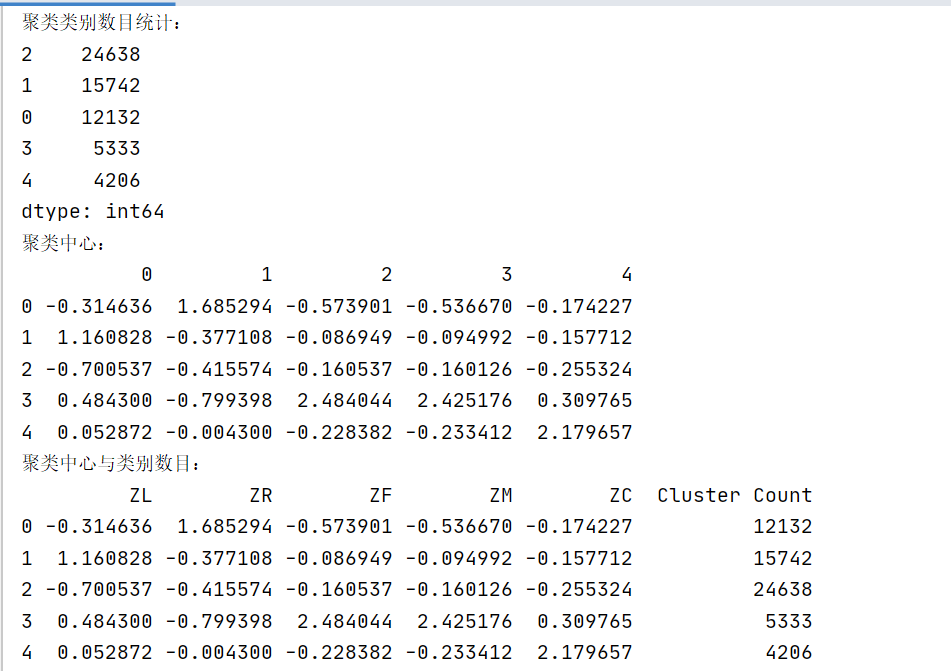一、堆的概念及结构
堆(Heap)是计算机科学中一类特殊的数据结构的统称。堆通常是一个可以被看做一棵完全二叉树的数组对象。 堆是非线性数据结构,相当于一维数组,有两个直接后继。
如果有一个关键码的集合K = { k₀,k₁,k₂ ,k₃ ,…,kₙ₋₁ },把它的所有元素按完全二叉树的顺序存储方式存储,在一个一维数组中,并满足:Kᵢ <= K₂ *ᵢ₊₁ 且 Kᵢ <= K₂ *ᵢ₊₂ (Kᵢ >= K₂ *ᵢ₊ ₁ 且 Kᵢ >= K₂ *ᵢ₊₂ ) i = 0,1,2…,则称为小堆 (或大堆)。将根节点最大的堆叫做最大堆或大根堆,根节点最小的堆叫做最小堆或小根堆。
堆的性质:
- 堆中某个节点的值总是不大于或不小于其父节点的值;
- 堆总是一棵完全二叉树。

二、堆的实现
2.1 堆向下调整算法
现在我们给出一个数组,逻辑上看做一颗完全二叉树。我们通过从根节点开始的向下调整算法可以把它调整成一个小堆。向下调整算法有一个前提:左右子树必须是一个堆,才能调整。

//向下调整算法
void AdjustDown(HeapDataType* arr, int n, int parent)
{
int child = parent * 2 + 1;
while (child<n)
{
//找到两个孩子中小的那个
if (child + 1 < n && arr[child + 1] < arr[child])
{
child++;
}
//父子结点交换
if (arr[child] < arr[parent])
{
swap(&arr[child], &arr[parent]);
parent = child;
child = parent * 2 + 1;
}
else
{
break;
}
}
}
2.2 堆的向上调整算法

//向上调整算法
void AdjustUp(HeapDataType* arr, int child)
{
int parent = (child - 1) / 2;
while (child>0)
{
if (arr[child] < arr[parent])
{
swap(&arr[child], &arr[parent]);
child = parent;
parent = (child - 1) / 2;
}
else
{
break;
}
}
}
2.3 堆的创建

2.3.1 向下调整建堆的时间复杂度分析

2.3.2 向上调整建堆的时间复杂度分析

2.3.3 结论
通过上面的分析我们可以知道向下调整建堆的时间复杂度较小,因此通常情况下来说我们采用向下调整算法建堆。
2.4 堆的插入
先插入一个元素到数组的尾上,再进行向上调整算法,直到满足堆。

//插入与删除数据
void HeapPush(pHeap ph, HeapDataType x)
{
assert(ph);
ph->a[ph->size++] = x;
AdjustUp(ph, ph->size - 1);
}
2.5 堆的删除
删除堆是删除堆顶的数据,将堆顶的数据根最后一个数据一换,然后删除数组最后一个数据,再进行向下调整算法。

void HeapPop(pHeap ph)
{
assert(ph);
assert(ph->size > 0);
swap(&ph->a[0],& ph->a[ph->size - 1]);
ph->size--;
AdjustDown(ph->a, ph->size, 0);
}
2.6 堆的其他操作
//判空
bool HeapEmpty(pHeap ph)
{
assert(ph);
return ph->size == 0;
}
//取堆顶元素
HeapDataType HeapTop(pHeap ph)
{
assert(ph);
return ph->a[0];
}
//堆的元素个数
size_t HeapSize(pHeap ph)
{
assert(ph);
return ph->size;
}
2.7 堆的代码实现
//heap.h
#pragma once
#include<stdio.h>
#include<assert.h>
#include<string.h>
#include<stdlib.h>
#include<stdbool.h>
//结点的行为
typedef int HeapDataType;
typedef struct Heap
{
HeapDataType* a;
size_t size;
size_t capacity;
}Heap,* pHeap;
//交换
void swap(HeapDataType* x, HeapDataType* y);
//向下调整算法
void AdjustDown(HeapDataType* arr, int n, int parent);
//向上调整算法
void AdjustUp(pHeap ph, int child);
//初始化与销毁
void HeapInit(pHeap ph);
void HeapInitByArray(pHeap ph, HeapDataType* arr, int n);
void HeapDestory(pHeap ph);
//插入与删除数据
void HeapPush(pHeap ph, HeapDataType x);
void HeapPop(pHeap ph);
//判空
bool HeapEmpty(pHeap ph);
//取堆顶元素
HeapDataType HeapTop(pHeap ph);
//堆的元素个数
size_t HeapSize(pHeap ph);
//heap.c
//小堆
#include"heap.h"
//交换
void swap(HeapDataType* x, HeapDataType* y)
{
HeapDataType temp = *x;
*x = *y;
*y = temp;
}
//向下调整算法
void AdjustDown(HeapDataType* arr, int n, int parent)
{
int child = parent * 2 + 1;
while (child<n)
{
//找到两个孩子中小的那个
if (child + 1 < n && arr[child + 1] < arr[child])
{
child++;
}
if (arr[child] < arr[parent])
{
swap(&arr[child], &arr[parent]);
parent = child;
child = parent * 2 + 1;
}
else
{
break;
}
}
}
//向上调整算法
void AdjustUp(HeapDataType* arr, int child)
{
int parent = (child - 1) / 2;
while (child>0)
{
if (arr[child] < arr[parent])
{
swap(&arr[child], &arr[parent]);
child = parent;
parent = (child - 1) / 2;
}
else
{
break;
}
}
}
//初始化与销毁
void HeapInit(pHeap ph)
{
assert(ph);
ph->a = NULL;
ph->capacity = ph->size = 0;
}
void HeapInitByArray(pHeap ph, HeapDataType* arr, int n)
{
assert(ph);
ph->a = (HeapDataType*)malloc(sizeof(HeapDataType) * n);
if (ph->a == NULL)
{
perror("HeapInitByArray");
exit (EXIT_FAILURE);
}
memcpy(ph->a, arr, sizeof(HeapDataType) * n);
ph->capacity = ph->size = n;
//向上调整建堆:
//for (int i = 1; i < ph->size; i++)
//{
// AdjustUp(ph->a, i);
//}
//向下调整建堆:O(N)
for (int i = (ph->size - 1 - 1) / 2; i >= 0; --i)
{
AdjustDown(ph->a, ph->size, i);
}
}
void HeapDestory(pHeap ph)
{
assert(ph);
free(ph->a);
ph->a = NULL;
ph->capacity = ph->size = 0;
}
//插入与删除数据
void HeapPush(pHeap ph, HeapDataType x)
{
assert(ph);
ph->a[ph->size++] = x;
AdjustUp(ph, ph->size - 1);
}
void HeapPop(pHeap ph)
{
assert(ph);
assert(ph->size > 0);
swap(&ph->a[0],& ph->a[ph->size - 1]);
ph->size--;
AdjustDown(ph->a, ph->size, 0);
}
//判空
bool HeapEmpty(pHeap ph)
{
assert(ph);
return ph->size == 0;
}
//取堆顶元素
HeapDataType HeapTop(pHeap ph)
{
assert(ph);
return ph->a[0];
}
//堆的元素个数
size_t HeapSize(pHeap ph)
{
assert(ph);
return ph->size;
}
三、堆的应用
3.1 堆排序
堆排序即利用堆的思想来进行排序,总共分为两个步骤:
- 建堆
升序:建大堆
降序:建小堆- 利用堆删除思想来进行排序
建堆和堆删除中都用到了向下调整,因此掌握了向下调整,就可以完成堆排序。
void HeapSort(int* arr, int n)
{
//建小堆
for (int i = (n - 1 - 1) / 2; i >= 0; i--)
{
AdjustDown(arr, n, i);
}
//降序
int end = n - 1;
while (end)
{
swap(&arr[end], &arr[0]);
end--;
AdjustDown(arr, end, 0);
}
}
3.2 TOP K 问题
TOP-K问题:即求数据结合中前K个最大的元素或者最小的元素,一般情况下数据量都比较大。
比如:专业前10名、世界500强、富豪榜、游戏中前100的活跃玩家等。
对于Top-K问题,能想到的最简单直接的方式就是排序,但是:如果数据量非常大,排序就不太可取了(可能数据都不能一下子全部加载到内存中)。最佳的方式就是用堆来解决,基本思路如下:
- 用数据集合中前K个元素来建堆
前k个最大的元素,则建小堆
前k个最小的元素,则建大堆- 用剩余的N-K个元素依次与堆顶元素来比较,不满足则替换堆顶元素,将剩余N-K个元素依次与堆顶元素比完之后,堆中剩余的K个元素就是所求的前K个最小或者最大的元素。
void CreateDate()
{
// 造数据
int n = 100000;
srand(time(0));
const char* file = "data.txt";
FILE* fin = fopen(file, "w");
if (fin == NULL)
{
perror("fopen error");
return;
}
for (int i = 0; i < n; ++i)
{
int x = rand() % 1000000;
fprintf(fin, "%d\n", x);
}
fclose(fin);
}
void topk()
{
int k = 0;
scanf("%d", &k);
const char* file = "data.txt";
FILE* fout = fopen(file, "r");
if (fout == NULL)
{
perror("fopen error");
return;
}
int val = 0;
int* minheap = (int*)malloc(sizeof(int) * k);
if (minheap == NULL)
{
perror("malloc error");
return;
}
for (int i = 0; i < k; i++)
{
fscanf(fout, "%d", &minheap[i]);
}
// 建k个数据的小堆
for (int i = (k - 1 - 1) / 2; i >= 0; i--)
{
AdjustDown(minheap, k, i);
}
int x = 0;
while (fscanf(fout, "%d", &x) != EOF)
{
// 读取剩余数据,比堆顶的值大,就替换他进堆
if (x > minheap[0])
{
minheap[0] = x;
AdjustDown(minheap, k, 0);
}
}
for (int i = 0; i < k; i++)
{
printf("%d ", minheap[i]);
}
fclose(fout);
}
int main()
{
CreateDate();
topk();
return 0;
}




















